Novel online survey tool generates data needed for integrated assessment of tilapia epidemiology and health economics
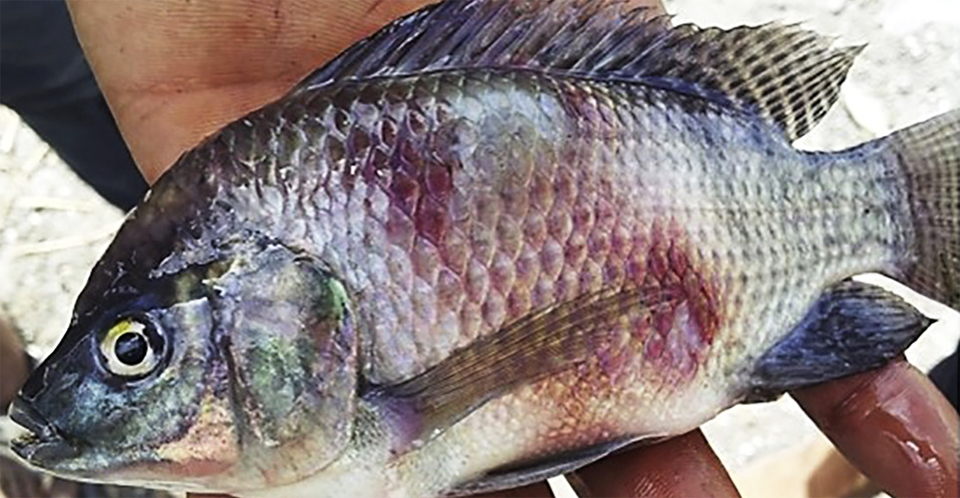
Egypt is the top aquaculture producer in Africa, accounting for two-thirds of the continent’s production and the third-largest tilapia producer globally after China and Indonesia. Since 2000, there has been a tremendous increase in fish production, which is mainly attributed to the shift from extensive and semi-intensive towards intensive aquaculture systems.
The Egyptian aquaculture sector plays a central role in the country’s economy, producing more than 1.8 million tons of fish, including tilapia, mullet and carp in 2017. Additionally, the aquaculture industry provides about 78 percent of the total national fish production, and more than 580,000 jobs for workers in this sector. With intensification and increase in aquaculture production, incidences of fish diseases have also increased.
Of all cultivated fish species in Egypt, Nile tilapia in particular is the cornerstone of fish farming. Recently, fish farms have experienced unusual tilapia mortality during the summer season. Epidemiological surveys done in 2015 indicated that 37 percent of fish farms in the three of the most important Egyptian aquaculture governorates – namely Kafr El Sheikh, Beheira and Sharqia – were affected with summer mortality syndrome with an average mortality rate of 9.2 percent and a potential economic impact of around (U.S.) $100 million. Although a multifactorial cause is suspected, the actual causes of mortality remain unclear.
Available studies are limited to disease diagnosis or factors strengthening fish immunity against specific pathogens. Until now, no study has been done on key risk factors and potential economic losses associated with the disease outbreaks.
This article – adapted and summarized from the original publication (Ali, S.E. et al. 2020. Key risk factors, farming practices and economic losses associated with tilapia mortality in Egypt. Aquaculture Vol. 527, 15 October 2020, 735438) – reports on a tilapia epidemiology and health economics survey carried out in five Egyptian aquaculture governorates for the mapping of major risk factors and economic impacts associated with recent tilapia mortality.
https://www.aquaculturealliance.org/advocate/27041/
Study setup
To investigate the unusual tilapia mortalities, a questionnaire-based survey was conducted in four of the main tilapia-farming governorates including Kafr El Sheikh, Beheira, Sharqia and Faiyum. Additionally, another governorate (Minya) with less farming activity and fewer mortality cases was included. The individual farm selection was based on ease of access and farmer willingness to take the interview and provide information on the questionnaire. In total, 113 individual fish farms were investigated.
The questionnaire was designed to cover a range of topics, including farming systems, water management practices, stocking data, feed and fertilizers used, farm biosecurity levels, mortality data and others. For detailed information on the study and questionnaire design, and data analyses, refer to the original publication.
Results and discussion
Our study was undertaken to determine key farming practices and identify risk factors contributing to tilapia mortality in Egypt. Results from our cross sectional survey of farms located in four top tilapia producing governorates and one with less farming activities indicated that water source and quality (irrigation and surface water without prior filtration or treatment) were the most prominent contributing factors to both occurrence and intensity of unusual mortality events. Other risk factors included co-cultivation or polyculture of tilapia with other fish species collected from the wild (e.g. mullet). We observed limited biosecurity measures across affected farms.
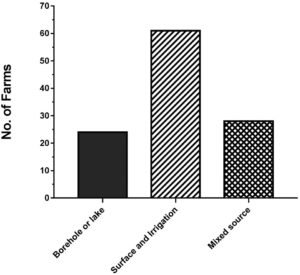
We found no women involved in any farming activities, either full or part time. Similar findings were recently reported by other researchers, who indicated that women worked only in the retailing business or fish processing. Each farm employed, on average, 2.3 full-time all male and 1.5 part-time personnel. This emphasizes the significant role that aquaculture plays in employment and job creation.
We found a positive relationship between unusual mortality events and years of farming experience. However, this factor was excluded since years of farming experience seemed to be confounded within governorate. For instance, in Minya, few farms reported unusual mortality events, although the few cases were because of limited farming experience. While not consistent in all analyses, we found an indication of larger pond sizes being associated with unusual mortality, as previously reported by another researcher who indicated that very large pond sizes make any assessments (feeding behavior and health observations) of the general fish population more strenuous during the initial stages of a disease outbreak. This is in addition to the burden of disinfection costs which increases with large pond sizes.
Co-cultivated species in polyculture systems represent potential risk factors as shown in our study. Mullet was the predominant co-cultivated species with tilapia, present in 100 percent of the farms that reported unusual mortality. This is mainly because mullet culture is heavily dependent on wild-caught seed that can act as asymptomatic carriers of pathogens that could be transmitted to tilapia and leading to serious diseases. None of the affected farms had considered sending mullet samples for laboratory health examination before introducing them with their tilapia stocks.
Our results showed that water source is the most prominent contributing factor leading to occurrence of unusual mortality. The scarcity of land and water resources dedicated for aquaculture is a problematic issue in Egypt since fish farm operations are only permitted on “sterile” land. In addition, country law allows only drainage water from agricultural activities to be used for aquaculture purposes. This has serious implications on water quality as contaminants get transferred to fish production systems. The quality of irrigation water quickly deteriorates with the extensive use of fertilizers and pesticides in agriculture, which in turn contaminate local surface and borehole water bodies as nitrates leach from fertilizers and bacteria from livestock feces and feed wastes. The exact water exchange rate was difficult to determine since it varies with incoming water quality, season and water temperature.
Most farmers stock their ponds once a year, but harvests happen at different times to match consumer demand for live fresh fish sold in markets and also to reduce fish losses in the absence of cold chain facilities. Our data show that stocking density varied from one area to another depending on water quality. No relation between average stocking density and occurrence of unusual mortality was found. However, it seems that not all-male sex reversal was effective, as huge numbers of newly hatched fry were observed during sampling, resulting in overpopulated ponds. On the other hand, farmers from the Minya governorate, who reported using borehole water, had the highest stocking density with the least cases of disease outbreaks. This indicates that occurrence of unusual mortality is influenced by multiple interlinked factors rather than a single etiology.
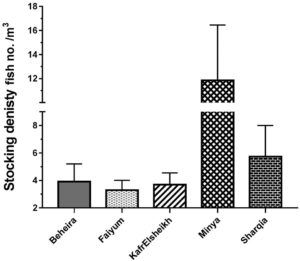
Fish feed contributes to about 75 to 85 percent of the production cost. Almost all farmers reported using commercial feed sourced from 15 different aquafeed producers. Because of the increase in the number of feed mills and their availability, farmers do not have to store feed stock for long periods of time. Pathogens can transmit to fish through poor quality feed, which could explain disease outbreaks following changes of feed sources, as reported by few farmers.
Very few farms reported strong biosecurity measures on arrival of new stock (fish disinfection and quarantine in isolated tanks before stocking), although they also have experienced unusual mortality. Avoiding equipment sharing between farms was found to be significantly associated with a lower probability of experiencing unusual mortality event. Pond drying following harvest was the most commonly used biosecurity practice by farmers between production cycles, either used alone or combined with other practices such as liming and/or net cleaning. Farmers in Minya grew fish in water stored for crop irrigation, so pond drying was not implemented there.
Based on experience in previous production cycles, most farmers expressed their concerns on an ongoing “summer mortality syndrome” problem. Most cases usually start gradually during July and persist for more than a month. Basically, tilapia is the main affected species, however, mullet were also affected in rare cases after tilapia. Clinical signs of disease include mainly red patches on the skin, tail and fin erosion and exophthalmia in some cases. Most farmers attributed those mortalities to deteriorated water parameters in addition to increase water temperature during the summer months. Normally salinity is expected to increase during summer because of higher evaporation rate and subsequent reduction in oxygen solubility in water.
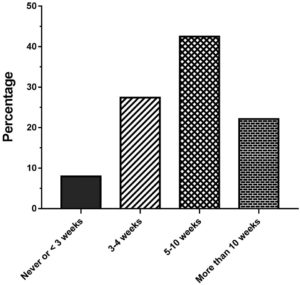
Most pathogens in the aquatic environment are opportunistic, causing disease in immune suppressed fish; therefore, deteriorated water can increase fish susceptibility to different pathogens. In our study, the highest average values recorded for water salinity and ammonia were associated with water coming from irrigation canals and surface water. All these factors – including excess feeding rates to achieve maximum weight gain to reach market size faster – are among the principal stressors that favor disease outbreaks. Reported actions practiced by farmers in response to unusual mortality events were either to stop feeding altogether or reduce the amount of given feed. However, these seem to give only temporary reduction in mortality levels, as mortality goes back up once feeding rate returns to normal.
Increasing water flow rate is also a common practice used by farmers when incoming water quality is good. Following unusual mortality events, few farmers consulted veterinarians and feed companies that offer technical support to promote their products. Many unlabeled products are sold to farmers over the counter, with no or limited documentation on their safety and efficacy.
Several methods for dead fish disposal have been reported by farmers. Depending on the number of dead fish, disposal includes burning, buried onsite, sold to companies or left unattended near the pond. The methods used by farmers to dispose of their dead fish are generally not appropriate. This emphasizes the importance of biosecurity training for farmers.
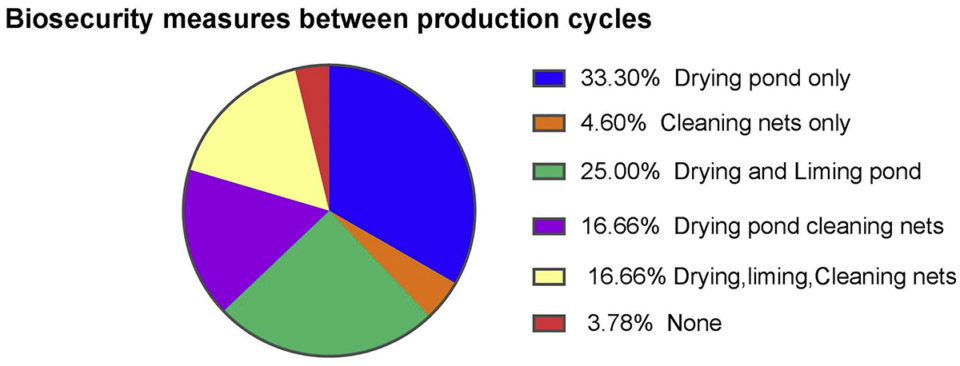
Even though vaccination can be a very effective control measure to prevent diseases, no commercial vaccines were available for use when our data were collected. Additional observations were made on the presence of predators, pets and large animals moving freely between farms, all representing potential health and biosecurity risks. Our results indicate that biosecurity consists of several interlinked components that are working together. Applying one of them and ignoring the rest will not have the full benefit to prevent and reduce the occurrence of unusual mortality.
Perspectives
Results of our study indicate that several factors are likely contributing to occurrence of mortality in farmed tilapia in Egypt. Implementation of biosecurity measures and improving farming practices should help to reduce mortality incidence and severity in affected farms, along with additional, pertinent studies.
In addition, policy changes are needed to ensure priority is given to fish farms to use fresh water ahead of crop farming to reduce incidence of mortalities caused by suboptimal water quality.
Now that you've reached the end of the article ...
… please consider supporting GSA’s mission to advance responsible seafood practices through education, advocacy and third-party assurances. The Advocate aims to document the evolution of responsible seafood practices and share the expansive knowledge of our vast network of contributors.
By becoming a Global Seafood Alliance member, you’re ensuring that all of the pre-competitive work we do through member benefits, resources and events can continue. Individual membership costs just $50 a year.
Not a GSA member? Join us.
Authors
-
Shimaa E. Ali, Ph.D.
Corresponding author
Department for Sustainable Aquaculture
WorldFish Egypt
Cairo 11759, Egypt; and
Department of Hydrobiology
National Research Centre
Dokki, Giza, Egypt[103,114,111,46,114,97,105,103,99,64,105,108,97,46,97,97,109,105,104,115]
-
Mona Dverdal Jansen, Ph.D.
Norwegian Veterinary Institute
Pb. 750 Sentrum
Oslo 0106, Norway -
Chadag Vishnumurthy Mohan, Ph.D.
WorldFish Headquarters
Jalan Batu Maung, Batu Maung, Bayan Lepas
Penang 11960, Malaysia -
Jerome Delamare-Deboutteville, Ph.D.
WorldFish Headquarters
Jalan Batu Maung, Batu Maung, Bayan Lepas
Penang 11960, Malaysia -
Harrison Charo-Karisa, Ph.D.
Department for Sustainable Aquaculture
WorldFish Egypt
Cairo 11759, Egypt
Tagged With
Related Posts
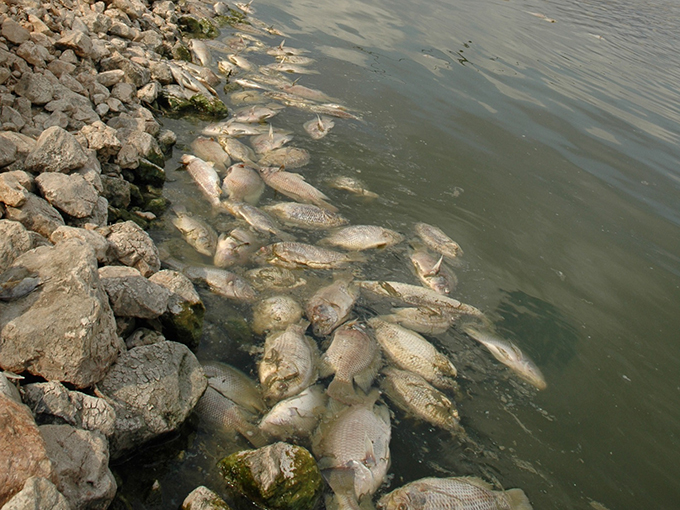
Health & Welfare
Sizing up TiLV and its potential impact on tilapia production
An international research effort has commenced to find a solution for Tilapia Lake Virus (TiLV), a contagion causing high rates of mortality in farmed and wild tilapia stocks in Israel, Colombia, Ecuador, Egypt and Thailand.
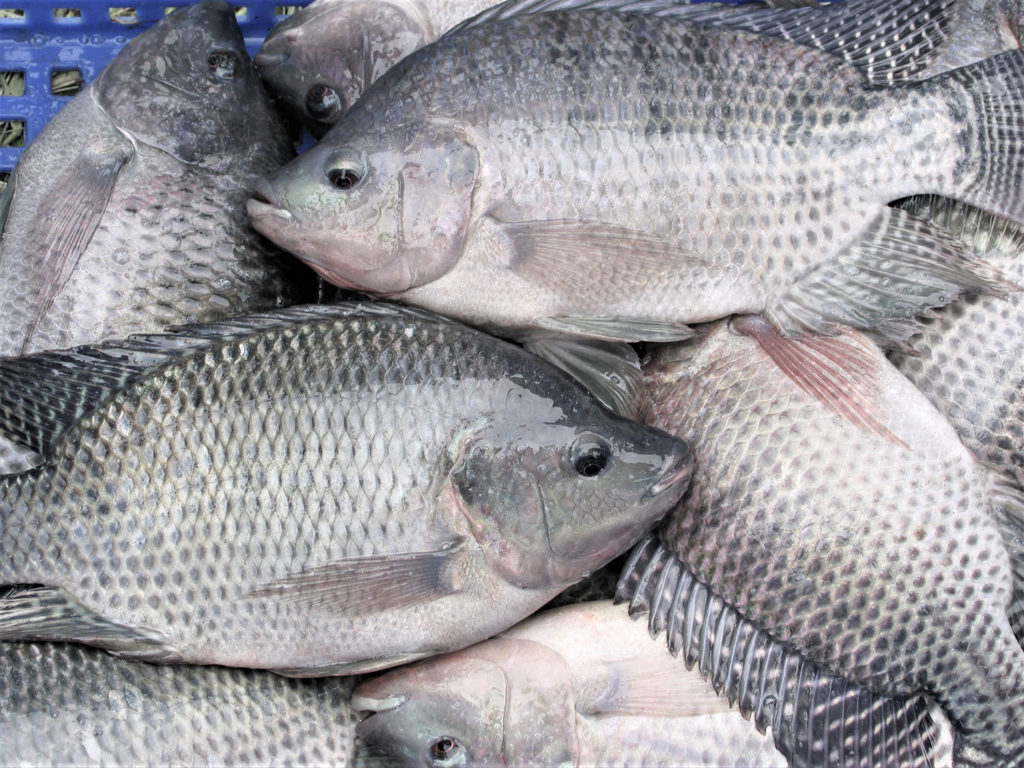
Health & Welfare
Evaluating genetic parameters for resistance to Tilapia Lake Virus in Nile tilapia
Study estimates genetic parameters for host resistance to Tilapia Lake Virus in a Nile tilapia and finds TiLV resistance is highly heritable.
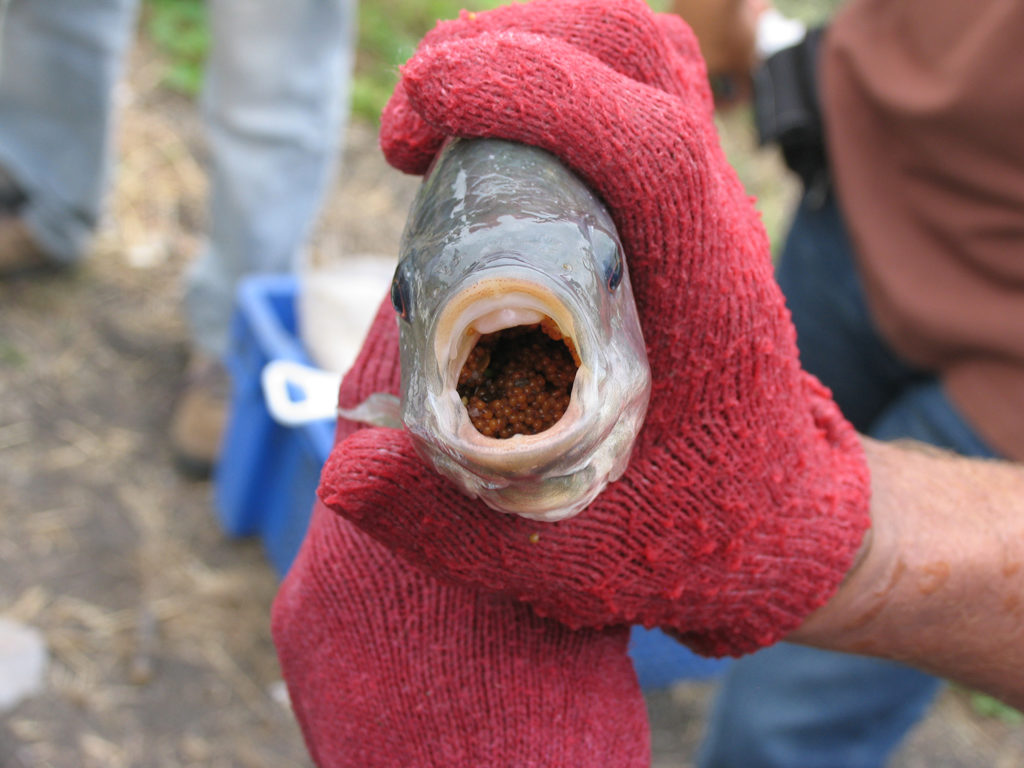
Health & Welfare
Experimental transmission of Tilapia Lake Virus in broodstock
Study evaluates the experimental transmission of Tilapia Lake Virus (TiLV) from tilapia broodstock to their reproductive organs and fertilized eggs.
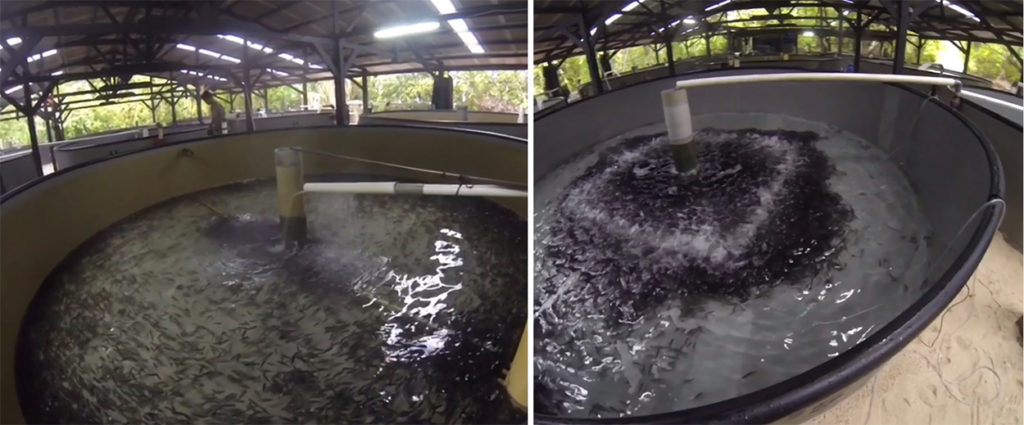
Health & Welfare
Hyperthermia can boost innate immune system in juvenile fish
Hyperthermia, or heat shock treatment, is an unconventional approach to pathogen control in fish aquaculture that appears to have potential to improve disease resistance in fish like tilapia and barramundi.


